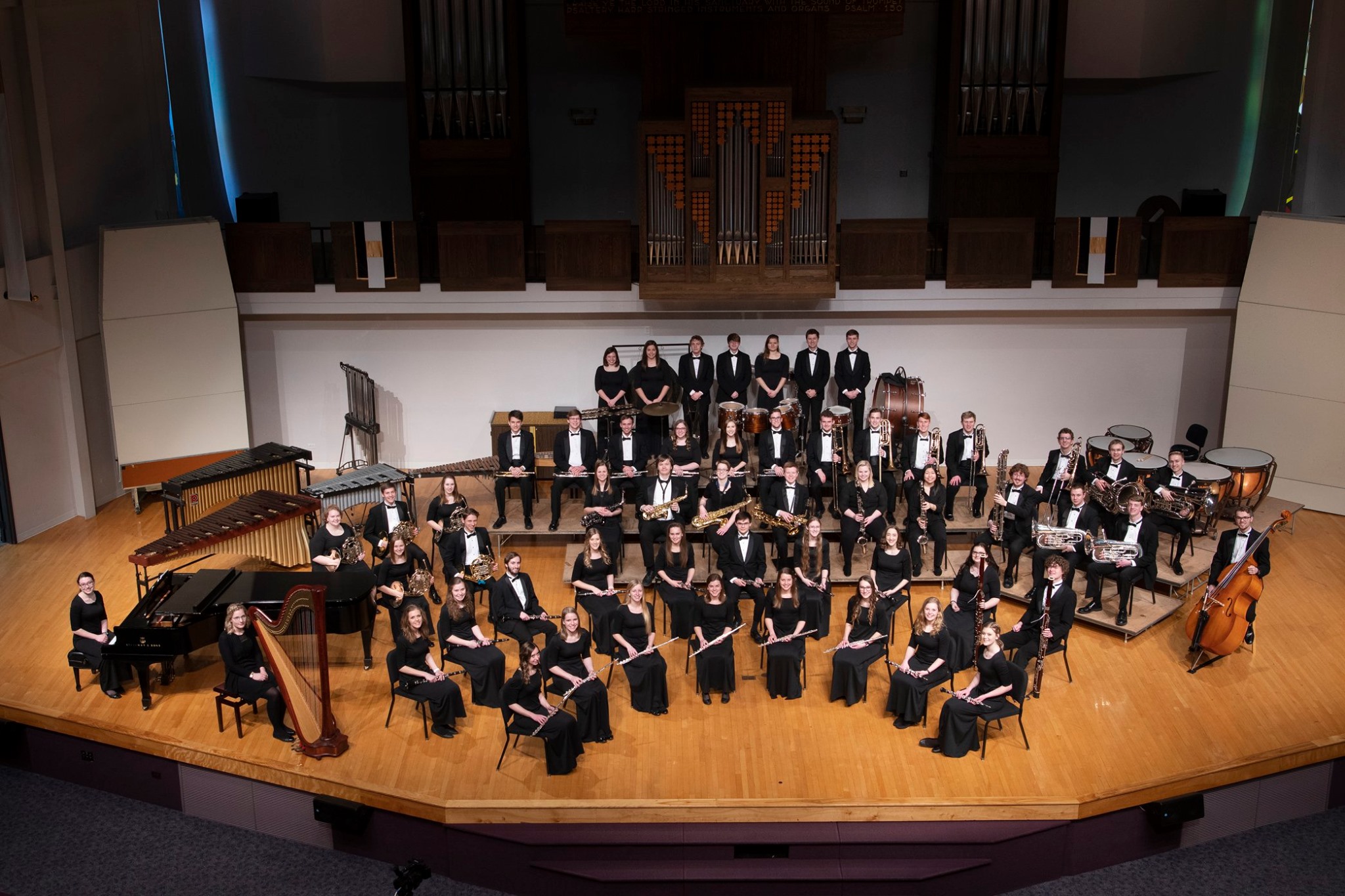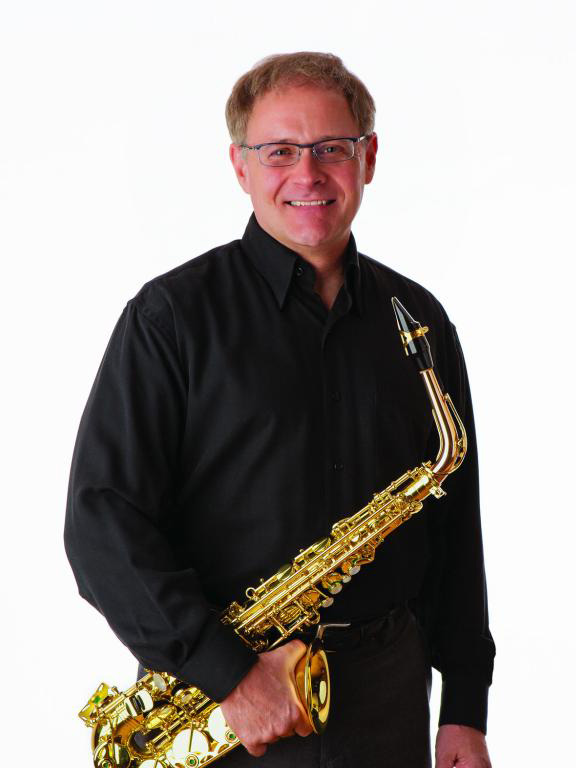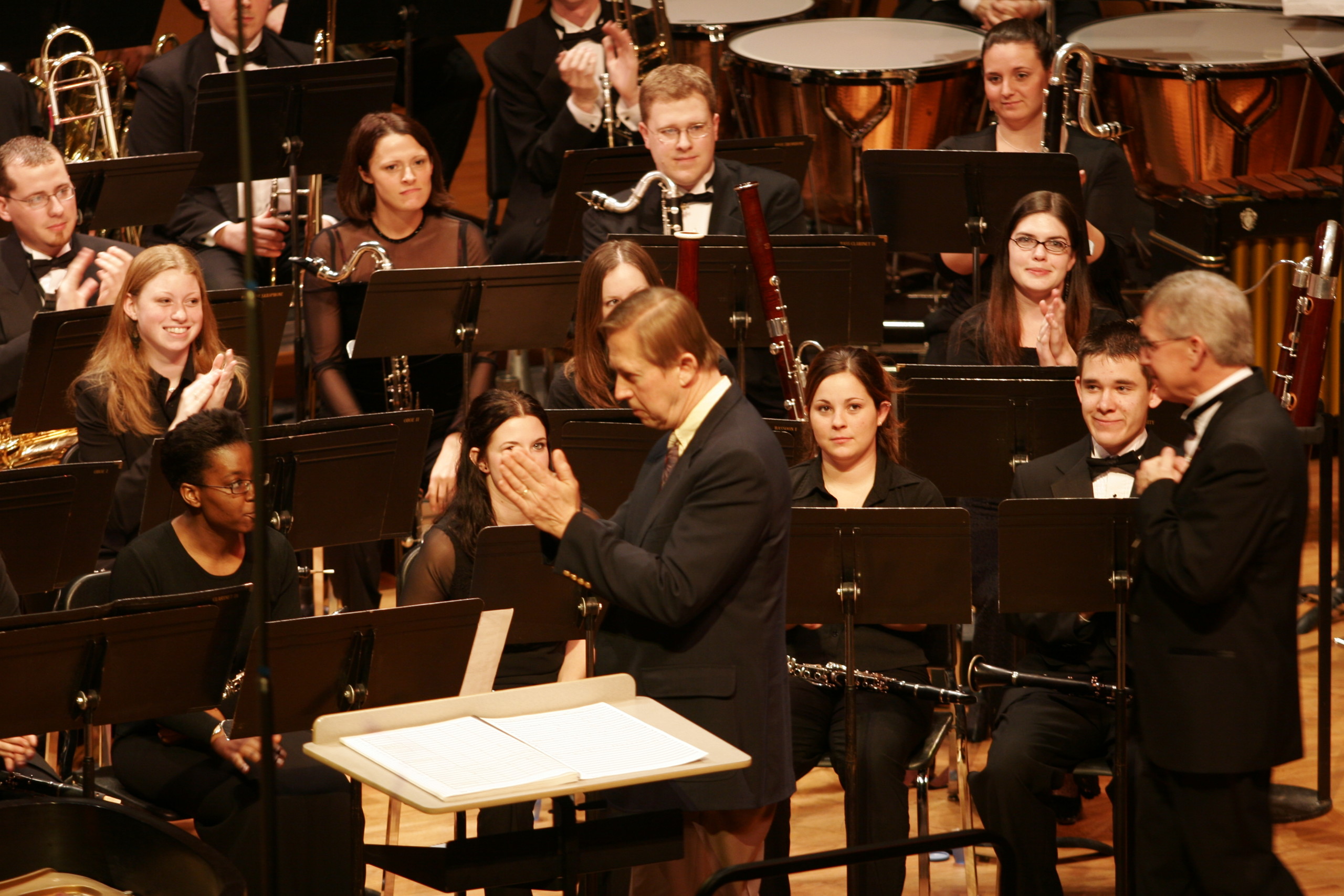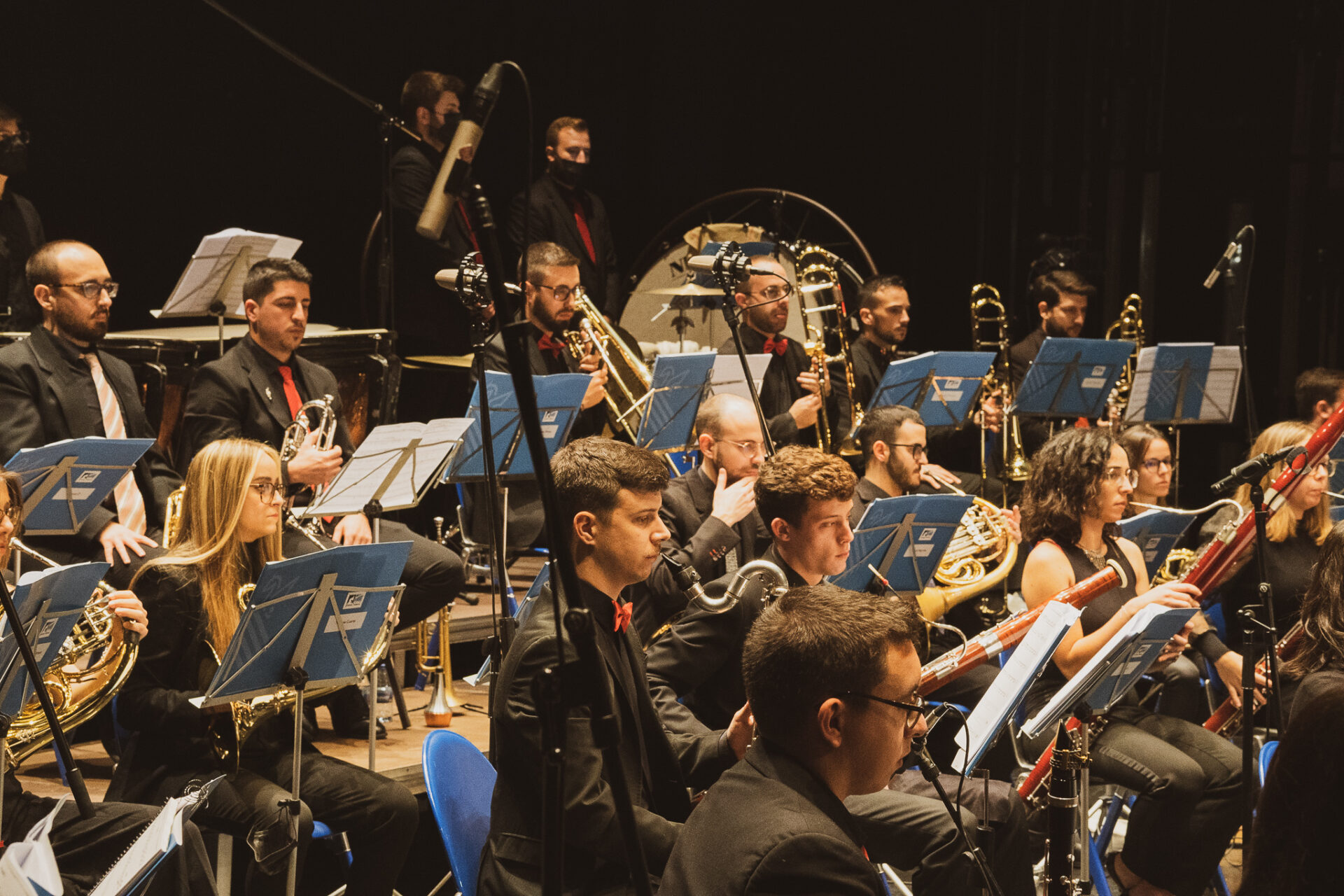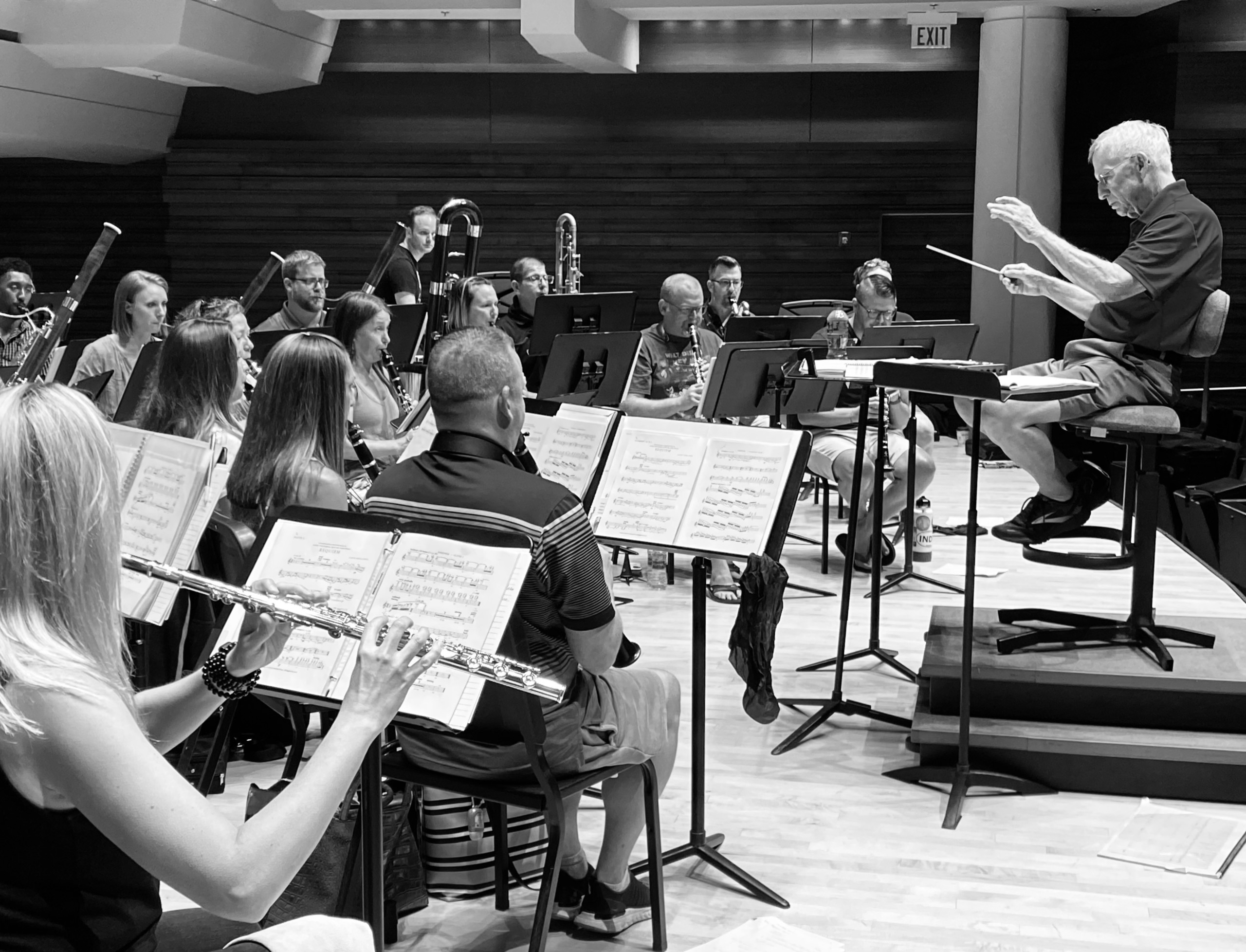Maslanka Weekly highlights excellent performances of David Maslanka’s music from around the web.
David’s works for wind ensemble are some of the most sought after pieces in the repertoire. Hardly a week goes by without a major performance from a conservatory, university, high school, military band, or professional ensemble somewhere in the world.
This week, we travel from the corn fields of Iowa – to the exciting streets of Paris – to the historic sights of northern Portugal to feature three new performances of favorite symphonies: Symphony No. 9, Symphony No. 10, and Symphony No. 5.
Symphony No. 9 – I. “Shall We Gather at the River”
From David’s Program Note:
Symphony No. 9 is a large collection of instrumental songs. There are many influences and underlying elements, but most of them cannot be explained in words. Rather than try, I will simply list some of the things at work:
Time: memory, passing of time, “We flew through the years hearing them rush under us” — W.S. Merwin
Water: cleansing and life–giving power, Shall We Gather at the River, Whale Story
Nature: our ground, river, ocean, chickadees
Grace: compassion, forgiveness, rest
Watch below as Onsby Rose leads the Dordt University Wind Symphony in a beautiful performance of this music.
More info
- Onsby Rose
- Dordt University Wind Symphony
- Symphony No. 9 @ davidmaslanka.com
Symphony No. 10: The River of Time
From Matthew Maslanka’s original program note:
Symphony No. 10 was commissioned by a consortium headed by Stephen K. Steele, Scott Hagen (University of Utah), and Onsby Rose (The Ohio State University). My father passed away while writing the work. I completed the composition based on his sketches.
Dad wrote about the origins of the symphony:
The work began as always with meditation: “show me something I need to know about the piece I am going to write.” Here is the first image that came:
The Holy Mother takes me sliding down a rocky mountain slope, all loose small rocks. It’s a wild stony country, very little vegetation, many beautiful colors in large rock formations, brilliant sun. We find a large pool nestled among tall vertical rock faces. The water is turquoise blue. We go into the pool and swim/flow downward, rising again toward a circle of light. At the surface is a “divine” place of craggy multicolored rock faces. A voice speaks my name and says, “you are ready, receive what wants to come through…We are here. You go and do.”
And the second from a few days later:
I am met by the Holy Mother in the guise of an 18-year-old Swiss farm girl – blond, pretty, traditional dress. I am shown various views of the earth and the oceans. The earth is clean, the oceans are clean. Humans have come into balance with the earth and are happy. The farm girl shows me a farm full of milk cows. The world is still technological but we are living an agrarian life, I am shown a large beautiful auditorium where music is being made. The girl thanks me for what I have done to make this new world possible. This is an odd thought for me to accept.
Then came the usual problem of composing. “I” desired to write an important piece. In my vague imagination it was like one of the big symphonies of Dimitri Shostakovich, my favorite modern symphonist. But my inner compass kept dragging me away from that, and pulling back to the humble world of the chorales. A pattern began to emerge of a chorale and a response, the response being the evolution of a radically simple, intimate, and beautiful melody. This process kept repeating itself until half a dozen of these melodic pairings began to emerge – all simple, beautiful, personal, not “important”. At each step I continually questioned whether this was the symphony that needed to be: “Really? Seriously? This is what you want me to do?” – yes. Finding the structural line for the whole piece was extremely difficult. At a certain point, I sensed that a large movement wanted to happen, but it existed only as a hard little node that had begun to rise to consciousness.
At the time of his death, my father had fully completed the first movement and half of the second. The remainder of the second movement and the whole of the fourth movement were sketched out. The third movement (“the hard node”) had an opening sketched, but the rest was in fragments. Dad asked me to finish the work if he were unable to complete it. I drew on my long experience working with dad and his music to first understand the sketches and then to piece them together.
Dad titled the completed first movement after his wife and my mother: “Alison.” He was writing as my mother was dying of an immune disorder in the spring of 2017. This movement may be seen through that lens, with bitter rage at the coming loss and a beautiful song full of love.
I have named the subsequent movements. The second movement’s title, “Mother and Boy Watching the River of Time,” comes from my father’s final pencil sketch of the same name. It depicts two small figures sitting on a river bank in front of a forest and mountain foothills. The music is largely a transcription of the second movement of the euphonium sonata he wrote for me, Song Lines.
The third movement posed a special challenge. The movement was both at the emotional center of the symphony and the least finished. One tune, marked “The Song at the Heart of it All” in the sketch, became the heart of the work and of the symphony. The full statement of the theme may be found at bar 174, with a quiet restatement in the solo euphonium at bar 217. It is a pure expression of love: my love for my father, his love for me, my mother, sister, and brother, and by extension, love for humanity. The restatement of the opening material, though at first comforting, becomes jarring and unsettled, rising to a dissonant roar. The euphonium soloist is left to scream, “why?!” at world that seems content to keep spinning.
The third movement became my response to the deaths of my mother and father. It is not what dad would have written; rather, it is a synthesis of his mind and his, colored by extraordinary pain and loss. I have named the movement after my father.
The fourth movement, “One Breath in Peace,” is the acceptance and ability to move forward after loss. The long solo lines for oboe reflect and extend the bookending chorale, “Jesu, der du meine Seele”. Dad’s customary morning practice was to play one chorale from the Bach 371 Chorales. He would sing each line as he played along on the piano. In this way, he came to deeply understand these miniature jewels of western music. I have closed the symphony with the last statement of the chorale, with the pianist singing the tenor line. I hope you will hear his voice in it.
Watch below as Laurent Douvre leads l’Orchestre Harmonie Brassage in a live performance of the French premier of this work.
More info
- Laurent Douvre
- l’Orchestre Harmonie Brassage
- Symphony No. 10 @ davidmaslanka.com
Symphony No. 5 – I. Moderate
According to David, ”Symphony No. 5 was composed around three well-known Chorale melodies: ‘Durch Adams Fall’ (Through Adam’s Fall) in the first movement, ‘O Lamm Gottes, Unshuldig’ (O Lamb of God, Without Blame) in the second, and ‘Christ Lag in Todesbanden’ (Christ Lay in the Bonds of Death) in the third and fourth. The third is a meditation on the theme of ‘Christ entombed,’ and the fourth is a full-blown fantasia on the ‘Christ Lag’ melody. Much of the music of this Symphony is urgent and insistent. I Have used the words ‘aggravated,’ ‘angry,’ and ‘overwhelming’ by way of description. But for all its blunt and assertive force, the Symphony is not tragic. It is filled with a bright and hopeful energy. The music does not try to illustrate the story of the Mass, but rather continually speaks to the theme of transformation – the transformation of tears into power, and the victory of life over death.”
Watch below as Luciano Pereira leads Banda Musical de Loivos in a dazzling performance of Movement I.
More info
- Luciano Pereira
- Banda Musical de Loivos
- Symphony No. 5 @ davidmaslanka.com
We would love to hear from you! If you know of any outstanding performances of David Maslanka’s music on the web, please email us at maslankaweekly@maslanka.org.
